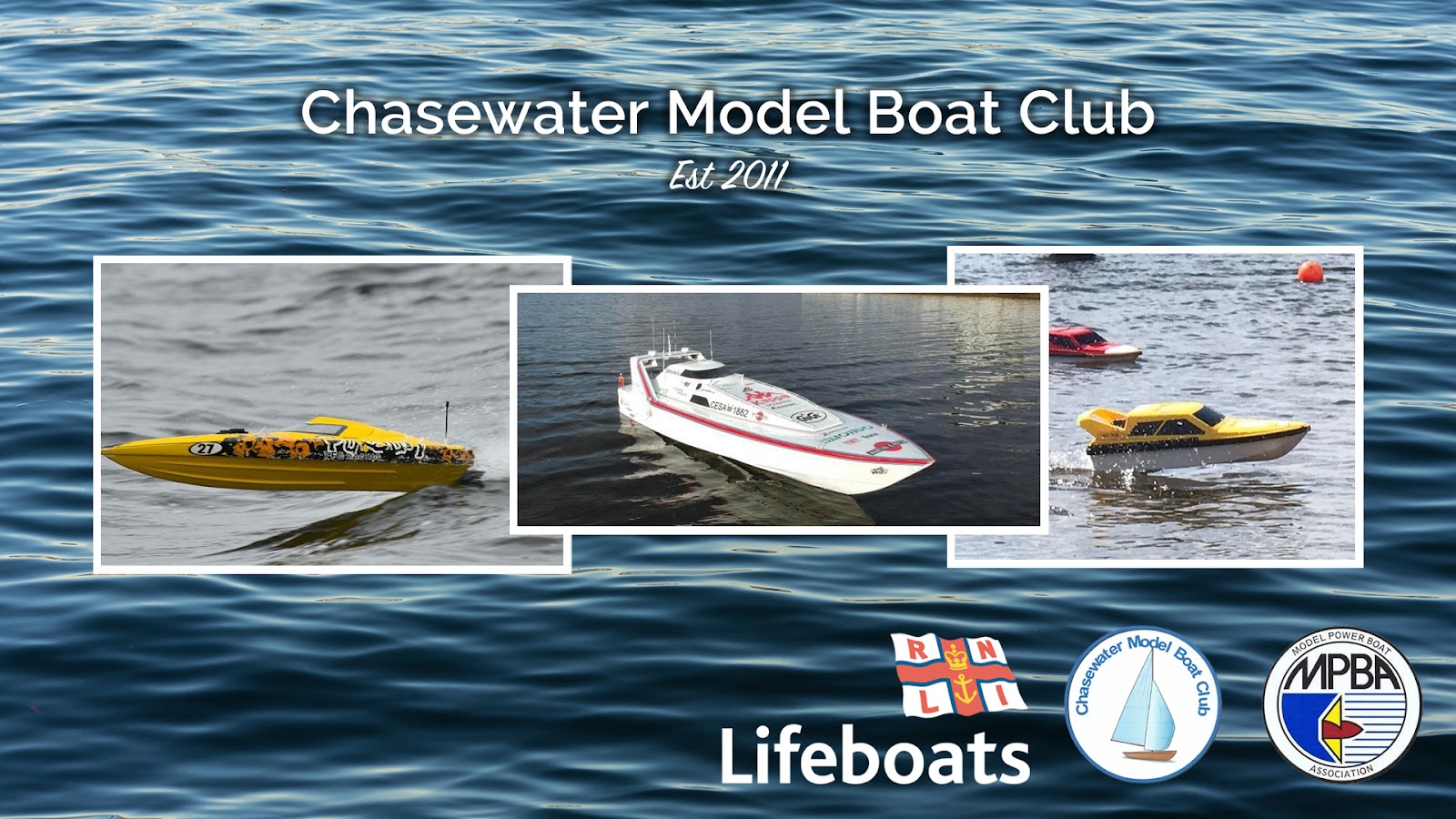How we use your gifts
Providing a professional 24/7 search and rescue service covering 19,000 miles of coastline around the UK and RoI is challenging. As an independent charity we rely on the generosity of all our supporters to fund the lifesaving work of our lifeboat crews and lifeguards. To keep them safe we must provide the training and equipment that will meet the demands of an often hostile environment to ensure that they can carry out their duties. We use your donations to support our lifeboat crews and lifeguards.What your donations can help fund
Hardwearing, warm, waterproof gloves are vital safety equipment. These gloves are specifically designed to haul on wet rope in the freezing cold, yet sensitive enough to fine tune a communications radio.
To help someone in difficulty at sea, you need sure footing. The RNLI sea boots that have specially moulded soles, which offer superb grip in rough conditions. These boots are also built with reinforced shanks and steel toecaps, protecting feet from injury.
Safety lines, tether crew to the lifeboat via their lifejackets. Each line can withstand the strain of 100kg dropped 2m. During rough seas these lines ensure that if a volunteer falls into the sea they can be quickly recovered.
The traditional lifeguard's friend. Can be strapped around an unconscious patient - aiding flotation and allowing deep water resuscitation to be performed.
Each year we clean, inspect and repair around 4,500 lifejackets to make sure they are fit to protect our volunteer crews. Each service costs us £94.
This vital piece of equipment protects volunteer crew from the worst the sea can throw at them. The RNLI-designed helmets have an inflatable lining to ensure a snug fit, and can be fitted with radio communications equipment so that crew members can keep in touch even in a deafening storm.
It costs on average £580 to train a lifeguard to use the equipment provided by the RNLI. This includes inshore rescue boat and watercraft handling, first aid, responding to critical incidents and promoting beach safety messages to prevent members of the public getting into difficulties in the first place.
It costs on average £1,214 to train a crew member each year. Training ranges from courses held at the Lifeboat College in Poole, including Sea Survival, to those delivered at stations by our Mobile Training Units. Subjects covered include first aid, seamanship and electronic navigation. In addition weekly exercises at the station help to build teamwork and reinforce safety procedures.

Comments
Post a Comment